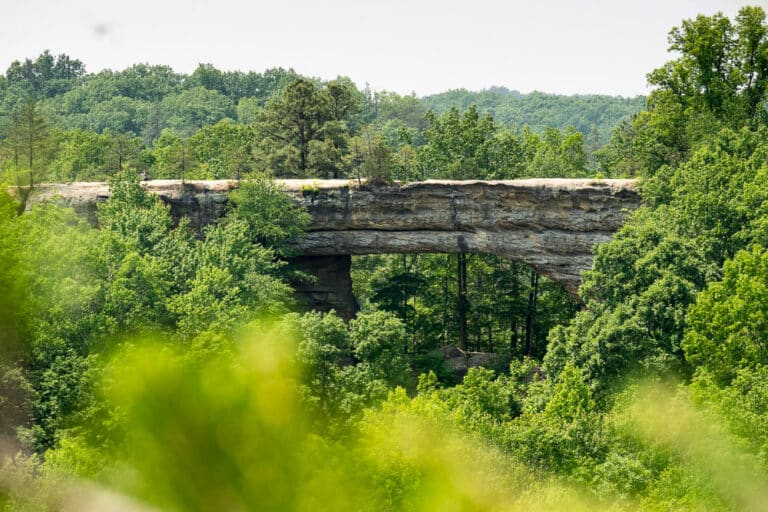by Graham Averill
For years, the Pigeon River in Western North Carolina and Tennessee has been known by paddlers as “The Dirty Bird,” because of the copious amount of pollution running into the stream from the Blue Ridge Paper Mill in Canton, North Carolina. Hundreds of pollutants, including dioxin, are released into the river from the paper mill, changing the water color and killing virtually all aquatic species below the mill. After a massive cleanup in the mid ’90s, the water quality of the Pigeon was much improved. In January 2007, North Carolina State Health Director Leah Devlin announced that the Pigeon was a “public health and environmental success story.” Devlin removed the fish consumption warning from the Pigeon, stating, “I’m pleased we can close the book on this one.” Shortly after, the U.S. Fish and Wildlife Service began reintroducing fish, snails, and muscles to the river downstream from the mill.
Despite these proclamations, the Dirty Bird is far from being clean.
“The river still stinks,” says Gracia O’Neill, director of the nonprofit Clean Water for North Carolina. “It’s still discolored, and it gets worse in times of significant drought. Last fall, the discharge from the mill equaled more than half of the volume of the river. That’s disgusting.”
Nothing has been done to improve the water quality of the Pigeon since the initial clean up in the early ’90s. In fact, Blue Ridge Paper (which was recently purchased by a New Zealand company) is operating under an outdated permit that allows them to pollute at abnormally high levels. Under the Clean Water Act, mills like Blue Ridge Paper have to reapply for a Waste Water Discharge Permit every five years, giving citizens an opportunity to comment about the pollution that affects their community. Blue Ridge Paper applied for a permit renewal at the five-year mark in 2006, but because of bureaucratic red tape, has not been issued a new permit and is still operating under the antiquated guidelines established in 2001.
“The permits are supposed to get tighter and tighter,” O’Neill says. “Because of the bureaucratic delay, Blue Ridge Paper is still polluting under 2001 guidelines.”
To add insult to injury, the entire state permit process has outlived its usefulness according to the intent of the original Clean Water Act. The five-year permits were created to incrementally phase out river pollution until mills like Blue Ridge Paper were emitting zero pollution into our waterways. The zero-pollution deadline established by the Clean Water Act? 1983.
“Obviously, we’ve missed that deadline,” O’Neill says.
Even though the state of North Carolina declared the Pigeon River a success, the kayakers who paddle the Pigeon and the communities surrounding the river recognize the Dirty Bird can hardly be considered clean.
“Just look at Big Creek, a major tributary to the Pigeon,” says Mark Singleton, executive director of American Whitewater. “Inside the Smokies, Big Creek is a beautiful, pristine river. Once it hits the Pigeon, the water quality takes a noticeable downturn.”







